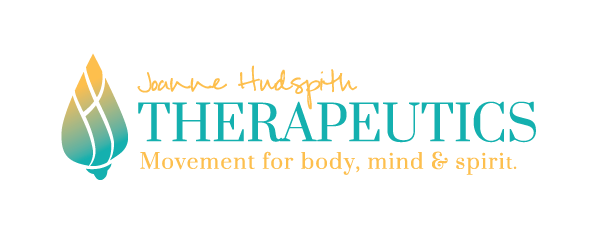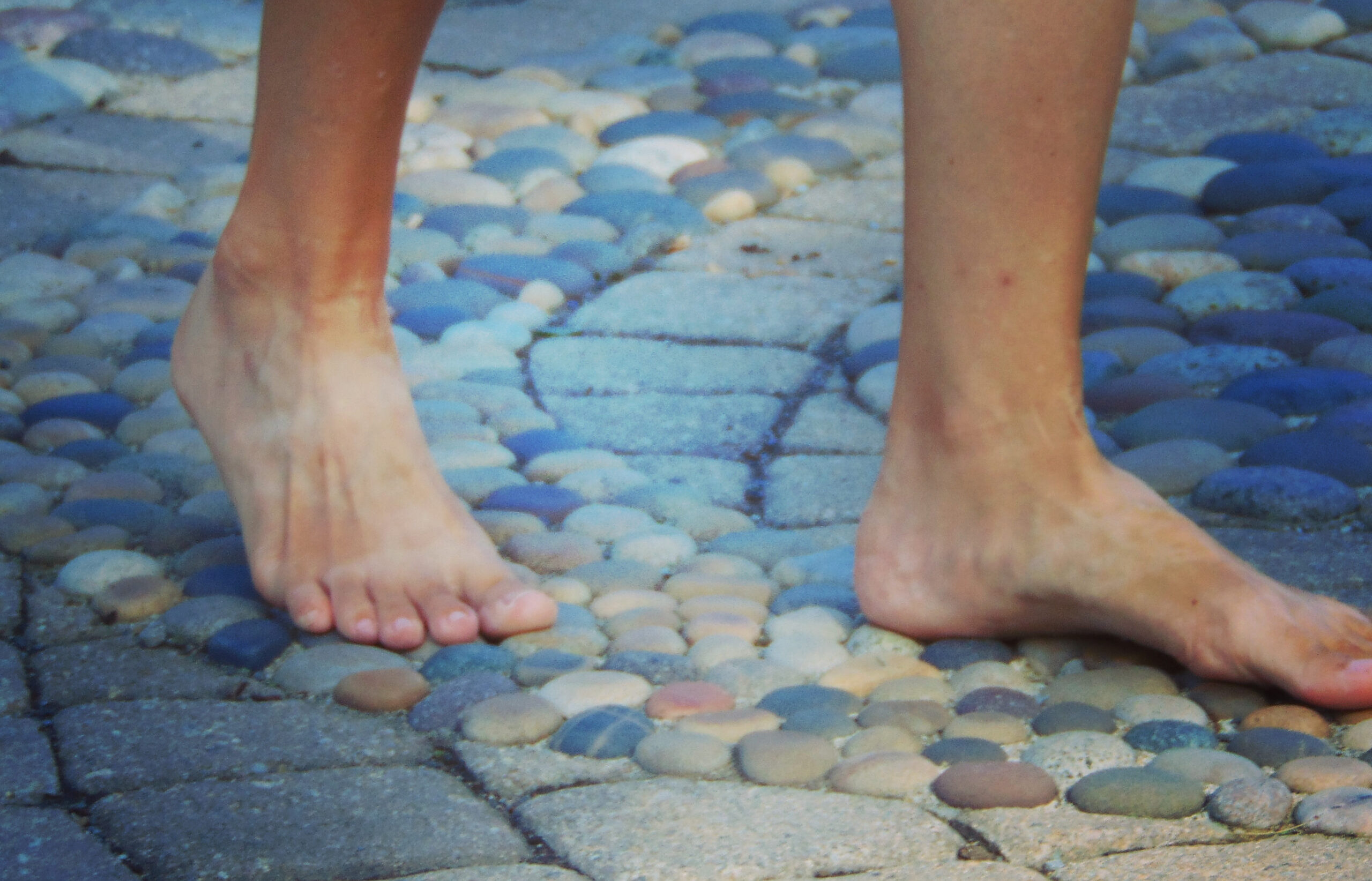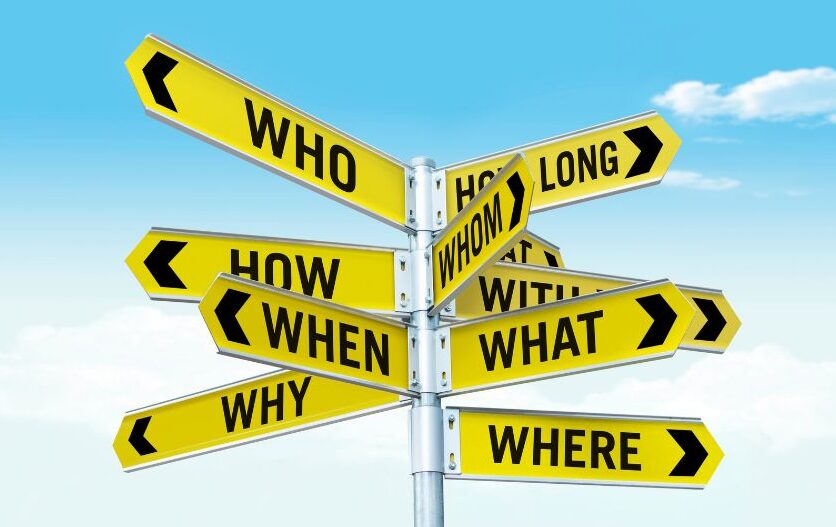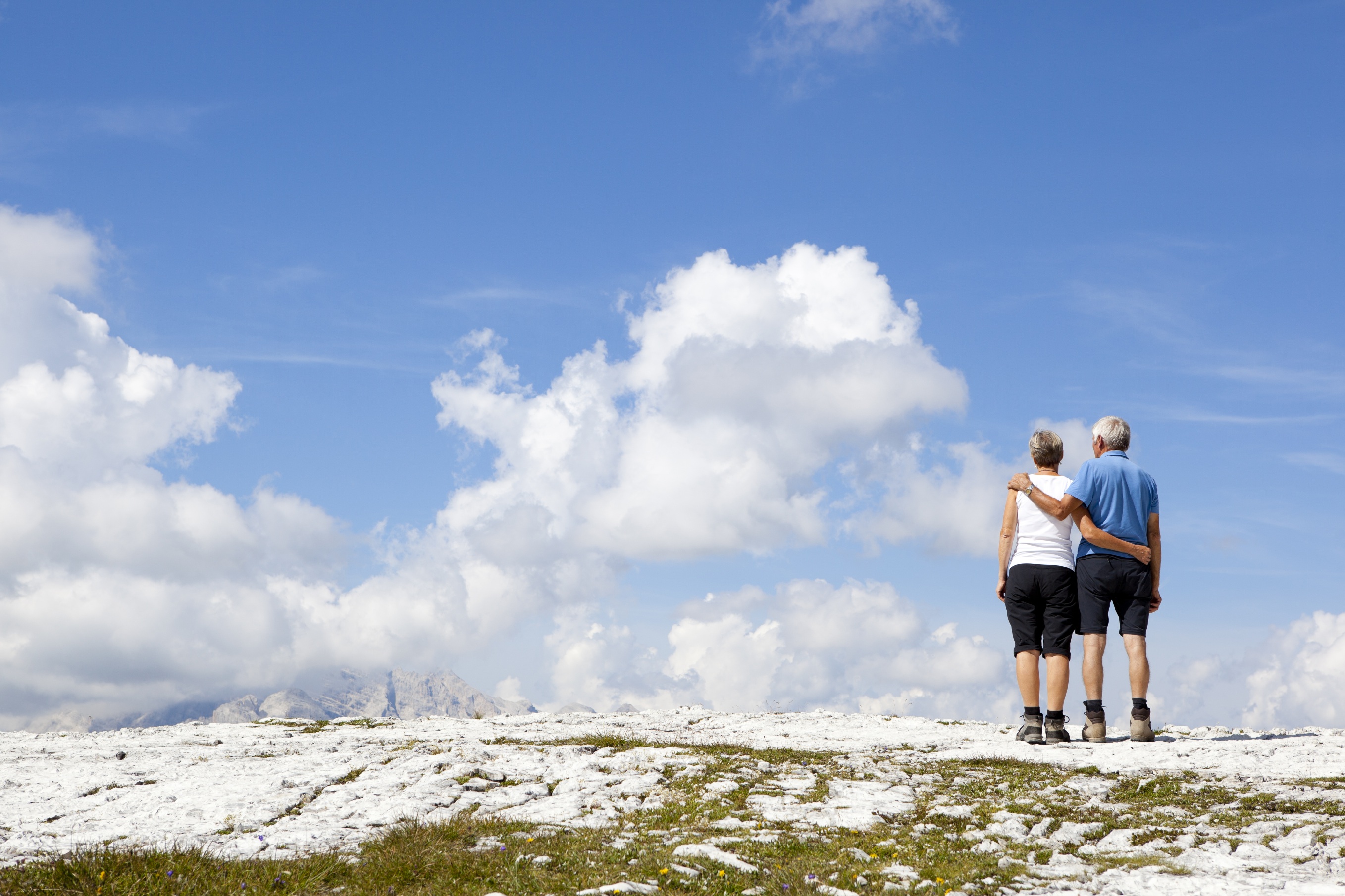When we try something new, we dip a toe in the water, then get our feet wet. We learn how to stand on our own two feet and stand our ground. We keep putting one foot in front of the other and try to put our best foot forward. We get cold feet, we get swept off our feet. On a good day we may have our feet on solid ground, or be quick on our feet…
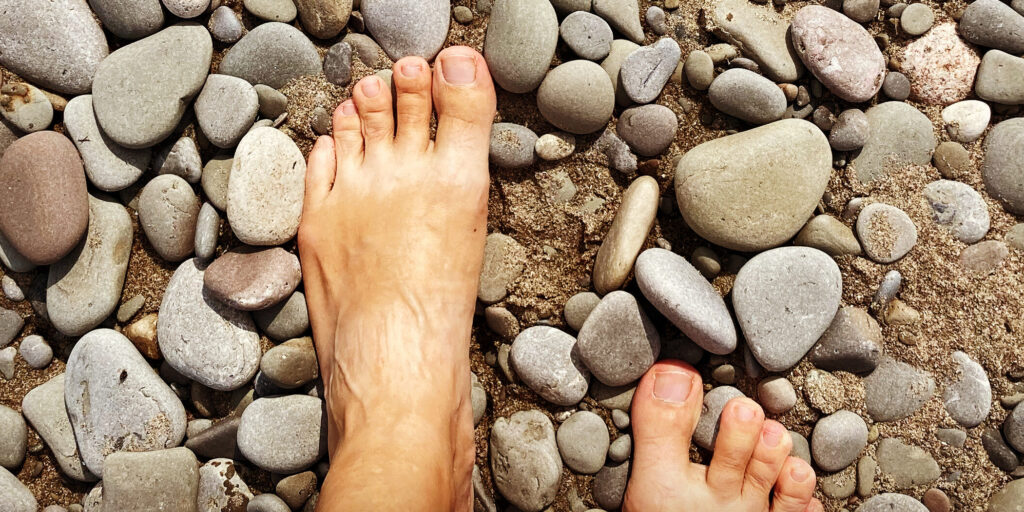
Feet are pretty important; they are literally and figuratively the interface between us and the world.
We have our favourite movements or exercises to target hips, shoulders, core, and we reduce pain by working to improve mobility and stability in these places. We know we have to “use it or lose it”, that without regular movement we become achy, stiff and less able to move.
But we forget about our poor feet. They support us, but we often don’t consider they could benefit from the same sensibility we offer to the rest of our bodies. Instead of working to create both mobility and stability, we tend to go to extremes. We try to ease tight tissue by massaging it with a tennis or golf ball, which might feel great in the moment, but ultimately creates more weakness and instability. Then we put on supportive shoes to relieve our pain, but they reduce the ways our feet are able to move, sense and transfer load.
Our feet are complex structures; bones and connective tissue form strong arches that transfer load with each step that we take; feet sense and respond to continually changing forces from above and below, communicating with the nervous system to keep us upright and moving. We don’t spend much time thinking about or tending to our feet, but when feet aren’t functioning well, the results are felt everywhere; balance is affected, even on flat surfaces, and uneven surfaces are increasingly difficult to navigate. Knees, hips, torso and shoulders have to compensate for what’s not happening below, and walking feels wooden, uncomfortable, even painful at times.
How do we get our feet working again? It starts with sensing, moving, and then adding load without increasing pain. Can you feel your feet right now? Can you wiggle your toes? If you’re wearing socks, shoes or slippers, take them off for a little while and free your feet. Wiggle your toes and spread them out; circle, flex and extend your ankles. What do you feel further up the chain, in your legs and hips? Stand up and feel your feet on the floor. Take a few small, slow steps and feel the transfer of load from heel to big toe – are your feet used to working this way?
If you always have shoes on, even at home, experiment with spending 5-10 minutes per day in your bare feet, gradually increasing that time as your feet become accustomed to the additional work you’re introducing. Notice what changes about your balance, about what you feel in your knees, hips and back.
I’m not suggesting you throw away your supportive shoes, but that you remember they won’t improve function or strength in your feet – that’s up to you.
I include work with feet in most classes and yoga therapy sessions – if you’re curious about the ways this can help with your balance, walking, or other issues you’re dealing with, reach out and let’s talk!
